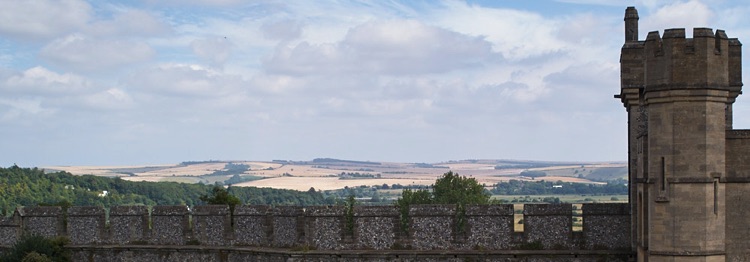0909
Year
King Alfred and the Burghal Hidage
Event
After some initial setbacks, King Alfred drove the Danes out of Wessex. One key aspect of holding the territory he had won back was to establish a series of fortified towns or “burghs”. Each burgh was usually protected defensive ditches and embankments and was by responsible for raising a militia or “fyrd” of a set size to fight for the king. The size of the fyrd was determined by the size of the burgh and surrounding area, as measured in hides, hence the term Burghal Hidage evolved.
The system of burgh’s was continued after Alfred’s death by his son Edward, King of Wessex and Æthelflæd, Lady of the Mercians. In 899 and in 909 there start to be manuscripts documenting the burghal hidage. There were 33 burghs listed in the hidage, including 5 in Sussex. The Sussex burghs were:
Chichester (1500 men)
Lewes: (1300 men)
Burpham: (720 men)
Hastings: (500 men)
Eorpeburnan: (unknown)
In norman times, Lewes and Hastings continued to be key military strongholds. The Normans built castles at both sites and also at Arundel, within two miles of Burpham, to control the Arun river valley. The location of Eorpeburnan is not known , although one theory is that is the hill fort near Newenden.

Sussex Timeline


